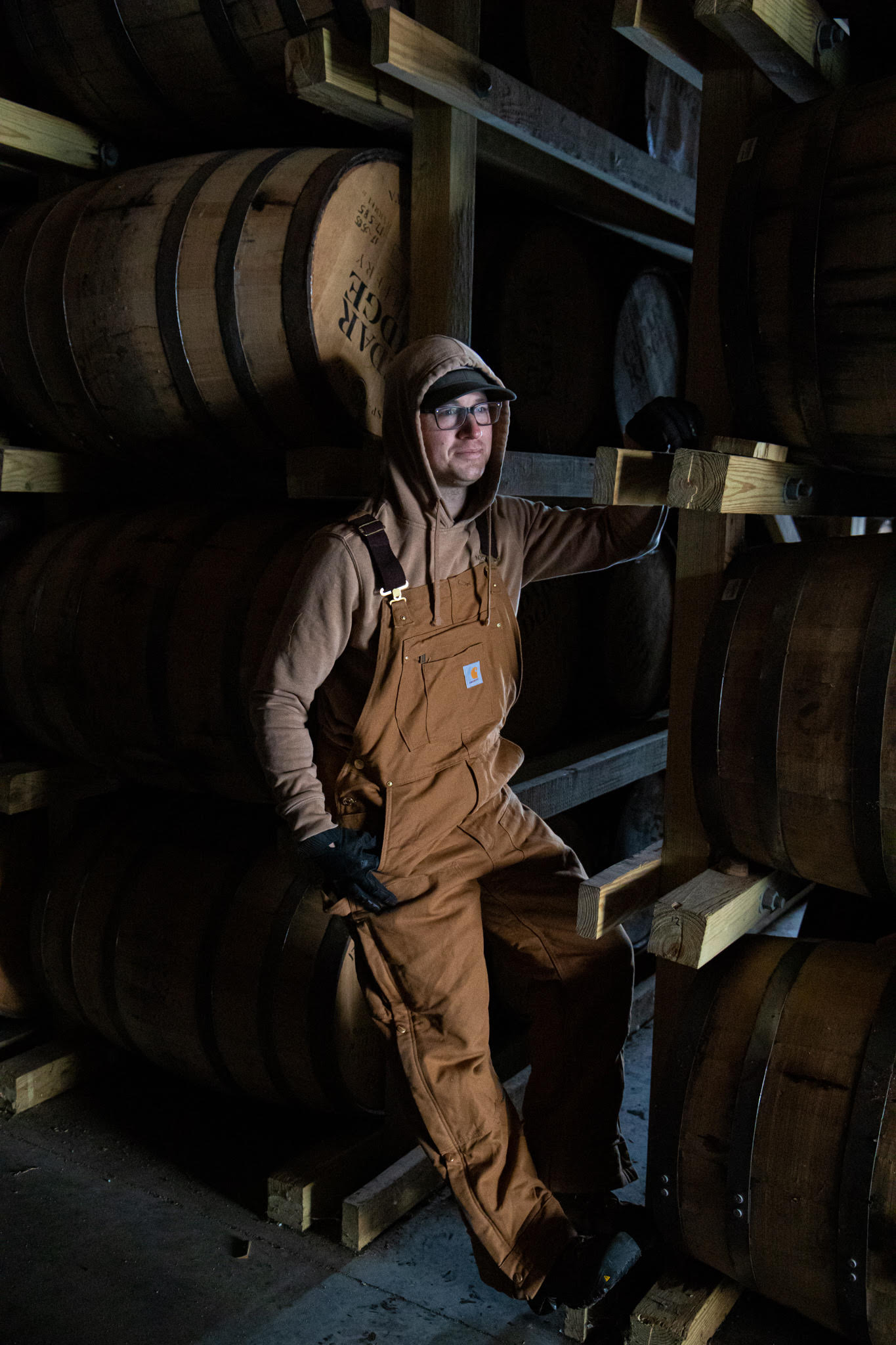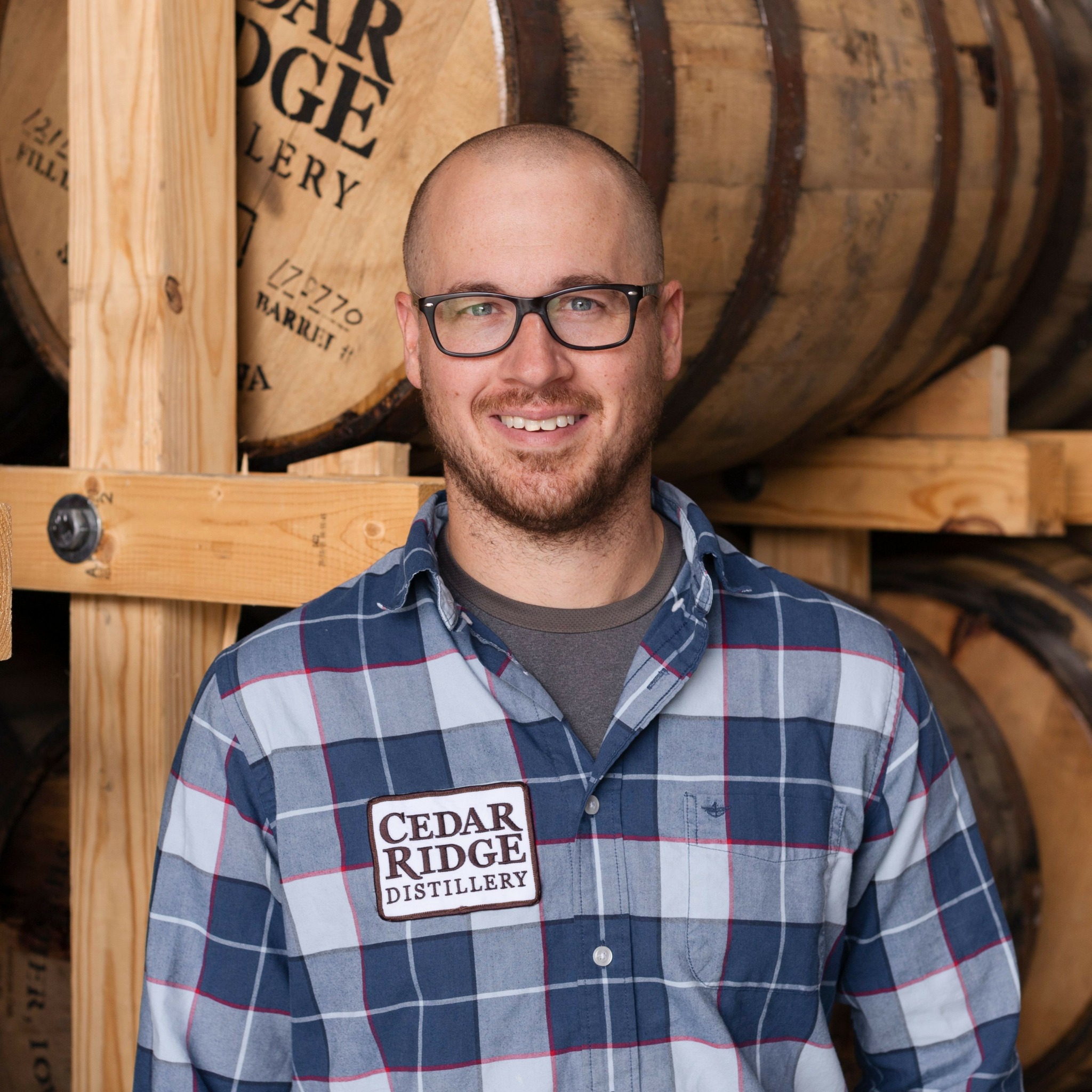We were lucky to catch up with Murphy Quint recently and have shared our conversation below.
Murphy, appreciate you joining us today. Let’s start with what makes profitability in your industry a challenge – what would you say is the biggest challenge?
This will sounds so obvious and basic, but it’s a big problem in our industry right now. The biggest challenge to profitability in the whiskey industry is developing a brand with healthy sales volume.
The whiskey industry has exploded with new distilleries coming online over the last 20 years. In 2005 there were only a handful of distilleries operating in the US. Now, in 2025, there’s about 3,000. Meanwhile, alcohol consumption in the US is actually trending downward. So competition is rising dramatically and industry-wide sales are going down.
One of the best ways to get new fans/customers in this complicated market is to get press. And the easiest way to get press is to come out with a new product. No whiskey journalist wants to write about the same whiskey that has remain unchanged for the last 20 years. They want to write about what’s new and interesting. In turn, this has trained whiskey consumers to always be looking for the new, exciting release rather than becoming loyal to any particular brand. Well, this ends up getting a lot of distilleries into trouble. In order to build a healthy long-term business, you need repeat sales.
If a diehard whiskey consumer is going to purchase 40 different bottles of whiskey throughout the year, and only 1 of them is from your distillery, it’s virtually impossible to survive.
If you want to succeed in this market, you have to have both a volume-driven product and a press-getting product.

Great, appreciate you sharing that with us. Before we ask you to share more of your insights, can you take a moment to introduce yourself and how you got to where you are today to our readers.
My name is Murphy Quint and I’m the Master Blender at Cedar Ridge Distillery located in Swisher, Iowa. I’ve been working in the industry since I was 16 years old, when my parents started a distillery back in 2005. Since then, I’ve worked at multiple distilleries in the US and have worked in every corner of the industry, including Sales, Distribution, Marketing, Brand Development, Management, and most importantly, Production Operations. I’ve had the very unique opportunity to work in this industry from its infancy stages, to the massive boom of new distilleries opening up, and then to the correction that our industry is going through right now.
Cedar Ridge has the #1 selling bourbon (in the standard 750 ml size) in the state of Iowa. That in itself might not sound impressive, but in 49 states Kentucky bourbon is the number 1 seller. And then there’s Iowa, where Cedar Ridge is at the top.
I’m also very proud of our of role in helping to develop the new category of whiskey, called American Single Malt.
Have you ever had to pivot?
At the beginning of the COVID pandemic, things in our industry were looking extremely grim. In most craft distilling businesses, a significant portion of the company’s revenue will come through the distillery’s tasting room. Well, like many other businesses, tasting rooms throughout the country were getting shut down.
As soon as we received word that our tasting room would indeed get shut down, our team of Directors met for a few hours to determine how we were going to survive this.
As you might remember, at the beginning of the pandemic there was a massive shortage of hand sanitizer. Well, as a licensed distillery, we had pretty much everything that we needed to start producing and selling hand sanitizer. So by the end of that meeting, we decided that we would repurpose all of our employees to hand sanitizer production, and we began producing massive quantities of it. Over the course of 6 weeks, we produced 8 tanker truckloads of it and sold it all over our country. Hospitals, Postal Services, etc. would buy it up as fast as we could produce it.
Because of this quick pivot, we made it through the lock-down period of the pandemic without laying a single person off.
It’s harder to think of a more successful move in our company’s history.

Do you have any insights you can share related to maintaining high team morale?
I have a good friend who owns a bicycle shop. One night we were enjoying a few beers in a hot tub and talking about our businesses, specifically on the subject of employee motivation and morale. He said something that really stuck with me and I think about it frequently. He said “none of my employees work at my bike shop because of the money. Obviously they need some income, but the main reason why they want to work in my bike shop is because they like biking.”
It was such a simple statement, but it really made me think. I began to wonder; why do people work at our distillery instead of the higher-paying factory down the street? And when I was beginning my career, why did I want to work at a whiskey distillery instead of a higher-paying desk job? The reason is fairly obvious but for one reason or another I hadn’t really thought about it until that moment.
People work at our distillery for two main reasons: firstly, it’s an interesting and exciting job. Secondly, because each employee in our company is truly important.
This is something that gets overlooked at a lot of businesses. Yes, employees always want to make more money, and hopefully as a manager you can find a way to incentivize them on that front. But even if you find a way to get them more money, they will only stick around long term if the job remains interesting and if they are truly relied upon.
Now whenever I feel employee morale begin to slip, I’ll ask myself: Are my employees enjoying their jobs? And do they have a purpose and do they feel valued?
Contact Info:
- Website: https://cedarridgedistillery.com
- Instagram: @murphy.quint
- Other: Our distillery’s Instagram is @cedarridgeiowa
Image Credits
I’d be happy to have our director of marketing send more pics with captions, we just need to tie her into the conversation.


